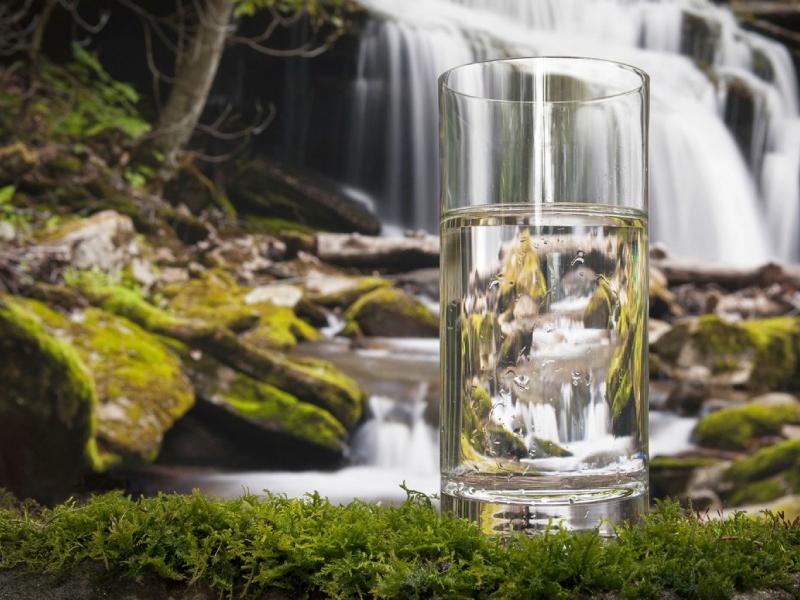Mineral Water: Production Process, Features, and Market Outlook
Mineral water is a crucial segment in the beverage industry, offering essential hydration and various health benefits. With the increasing awareness of health and wellness globally, the demand for high-quality mineral water has surged. This article explores the production process, types, and features of mineral water, as well as the opportunities and challenges in both domestic and international markets.
Production Process of Mineral Water
- Source Selection:
– Natural Springs: High-quality mineral water is sourced from natural springs, which are rich in essential minerals.
– Quality Control: Regular testing of the water source to ensure purity and mineral content.
- Water Extraction:
– Sustainable Practices: Using sustainable methods to extract water without depleting the natural source.
– Sanitization: Ensuring the extraction equipment is sanitized to prevent contamination.
- Filtration and Purification:
– Multi-Stage Filtration: Removing impurities and sediments through various filtration stages.
– UV Treatment: Using ultraviolet light to kill bacteria and pathogens without altering the mineral content.
- Mineral Enrichment (if required):
– Natural Addition: Adding essential minerals like calcium, magnesium, and potassium, if the source lacks them.
– Balancing: Ensuring the right balance of minerals for optimal health benefits.
- Bottling:
– Sterilization: Sterilizing bottles to maintain the purity of the mineral water.
– Filling and Sealing: Using automated systems to fill and seal bottles to prevent contamination.
- Packaging and Distribution:
– Quality Packaging: Using durable and eco-friendly packaging materials.
– Logistics: Efficient distribution network to ensure the product reaches the market promptly.
Types and Features of Mineral Water
- Spring Water:
– Sourced from natural springs, naturally filtered through layers of rock.
– Rich in natural minerals and often has a distinct taste.
- Sparkling Mineral Water:
– Contains natural or added carbon dioxide, providing a fizzy texture.
– Popular for its refreshing taste and digestive benefits.
- Still Mineral Water:
– Non-carbonated, making it a preferred choice for regular hydration.
– Often recommended for its natural mineral content and smooth taste.
- Artesian Water:
– Sourced from confined aquifers, usually under positive pressure.
– Known for its purity and high mineral content.
- Glacial Water:
– Sourced from glaciers, considered extremely pure and often contains unique minerals.
– Valued for its crisp and refreshing taste.
Export Opportunities and Challenges
- Export Opportunities:
– Rising Global Demand: Increasing health consciousness and demand for premium hydration products.
– Brand Value: Countries with renowned natural springs can leverage their brand value in international markets.
– Diversification: Expanding product lines with flavored and functional mineral waters.
- Export Challenges:
– Regulatory Compliance: Meeting stringent quality and safety standards in different countries.
– Logistics: Ensuring the integrity of the product during long-distance transportation.
– Market Competition: Competing with established international brands and local preferences.
Domestic Market Outlook
- Opportunities:
– Health Trends: Growing awareness about the health benefits of mineral water.
– Urbanization: Increasing urban population and demand for convenient, bottled water solutions.
– Eco-Friendly Products: Rising consumer preference for eco-friendly packaging.
- Challenges:
– Pricing Pressure: Balancing the cost of high-quality production with competitive pricing.
– Infrastructure: Ensuring widespread and efficient distribution networks.
– Environmental Concerns: Addressing the environmental impact of plastic bottles and promoting sustainable practices.
Mineral water, with its significant health benefits and diverse range of products, holds a substantial position in both domestic and international markets. By focusing on sustainable sourcing, maintaining high-quality standards, and leveraging market trends, businesses can tap into the growing demand for premium hydration products. Despite the challenges, the opportunities in the mineral water market are vast, promising substantial growth for companies that prioritize quality and innovation.

